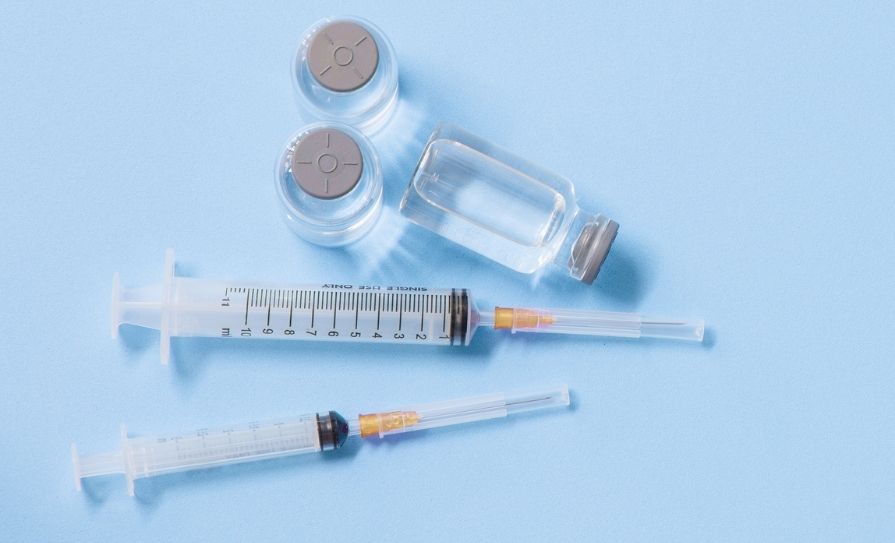Dr Des Corrigan selects some of the headline findings from the latest national household survey on drug and alcohol use
he fifth national household survey on drug and alcohol use by Irish adults was published in July. I have a particular interest in these surveys, since I was instrumental in setting up the very first such study in 2002/3 and subsequent ones in 2007 and 2011 while I was chairperson of the then National Advisory Committee on Drugs (NACD). The most recent study, involving interviews of 5,762 adults aged 15 and over conducted between 2019 and 2020, was the first to be carried out by the Health Research Board, given the demise of the Advisory Committee. It is also the first not to involve the whole of the Island of Ireland. The previous four surveys were commissioned jointly by the NACD in the Republic and the Department of Health, Social Services and Public Safety in Northern Ireland. I deeply regret this dropping of the whole-island approach, as I found the cross-border element especially satisfying as we set up constructive and friendly working relationships with our northern colleagues.
The Survey found that there had been no significant increase in the use of ‘any illegal drug’ between the 2015 study and this recent 2020 version. This is possibly a surprise to some media commentators, who report that every town and village in the country is awash with drugs. The increase in the reported use of stimulants such as cocaine and amphetamines does tie-in with data on drug-related deaths and treatment demand that shows an increasing issue with cocaine. On the other hand, the lifetime prevalence based on answers to the question ‘Have you ever used an illegal drug?’ shows that such use, at 23 per cent of adults, is but a fraction of those who have ever used legal drugs, such as alcohol (80 per cent), tobacco (43 per cent) or opioid pain relievers (53 per cent). This hardly provides strong evidence that current restrictive approaches to illicit drug availability are not working, as is often frequently claimed.
There appears from the Survey to be little public support for efforts to change existing drug laws
little public support for efforts to change existing drug laws. A section dealing with public perceptions reported that 88.8 per cent of those surveyed fully or somewhat agreed with permitting cannabis use for medical purposes. However, only 26.2 per cent fully or somewhat agreed with permitting cannabis for recreational use. This is quite a nuanced approach by Irish people, showing compassion for those likely to benefit from medicinal products based on cannabis and its cannabinoids, while rejecting the idea that recreational use is safe or acceptable. Not surprisingly, 65.6 per cent of those who had ever used cannabis were in favour of allowing recreational use, though I am surprised that more cannabis users were not in favour of permitting recreational use.
Another surprise is that the percentage in favour of recreational use has only increased slightly since 2003, despite all the pro-drug propaganda in recent years. There is therefore a clear lack of public support for efforts by supposedly left-wing and ‘liberal’ politicians to emasculate the Misuse of Drugs and Poisons Acts through legalisation. I use ‘supposedly’ deliberately, because I cannot take seriously politicians who claim to be socialists, but who share platforms with millionaires and billionaires from overseas wishing to add to their mega-wealth by having Ireland legalise drugs and provide another profitable market for Big Pot.
As I pointed out in February’s issue, Big Pot is also a big polluter, so environmentally-aware politicians should not be fooled into thinking that because cannabis is a plant, it is somehow ‘green’. Mentioning the Poisons Act might seem like hyperbole, but the international campaign to legalise all recreational drugs currently gaining momentum implies that the Poisons Act would require amending to allow the sale of cocaine, morphine and heroin.
For pharmacists, I suspect that the section on Prescribable Drugs will be of most interest
For pharmacists, I suspect that the section on Prescribable Drugs will be of most interest. Questions on the use of sedatives and tranquillisers, as well as opioids other than heroin and methadone, have been included from the very first version, but the 2020 survey included a section on the non-medical use of these products, as proposed by the EU’s Drugs Agency (EMCDDA). The term ‘Prescribable Drugs’ is a bit of a misnomer, since it includes OTC codeine products under the heading ‘Opioid pain relievers’. Pregabalin, though obviously not an opioid, was also included under that heading because of its links to a significant number of drug-related deaths in recent years. Last-year prevalence (ie, use in the year prior to the survey) is considered to be recent use and the most reliable basis for analysing trends.
For sedatives and tranquillisers, recent use was reported by 5.5 per cent of those surveyed, which is a statistically significant drop from 7.1 per cent recorded in 2014/15. Females aged 65 and older had the highest level of recent use.
The high level of opioid pain reliever use is particularly noteworthy. The 32 per cent of adults reporting recent use equates to 1.285 million individuals. Pharmacy staff will hardly be surprised that the most common opioid was an OTC codeine product, with 80 per cent of current users reporting such codeine use, as well as another 14 per cent who consumed prescribed codeine. Tramadol use was reported by 4 per cent, while oxycodone was mentioned by just 0.8 per cent, which is somewhat reassuring in the light of the appalling opioid tragedy affecting the US over the past few years that has resulted in over 93,000 deaths in 2020. The level of reported pregabalin use, at 1.8 per cent, is lower than I would have expected from the published prescription figures and I wonder if the ‘showcards’ used to help survey participants identify the various categories of medicinal products included all the generic versions of pregabalin available here.
Reported non-medical use of opioids was 1.8 per cent, mainly by females, a proportion of whom were daily users. In the case of sedatives and tranquillisers, it was younger males (15-to-34 years) who were more likely to report such use. Among non-medical users of sedatives and tranquillisers, 54 per cent said they obtained the products from friends, spouse or a relative, and overall 10 per cent of recent users stated that the drugs were not prescribed for them. There is a lesson here for all those involved in efforts to ensure rational prescribing and dispensing of psychotropic medicines relating to the need for adequately resourced and ongoing medicines ‘take back’ programmes. We are woefully lacking in such programmes that would go some way to removing surplus opioids, benzodiazepines and zed drugs from homes, thus reducing diversion for ‘recreational’ use. ?
Contributor Information








